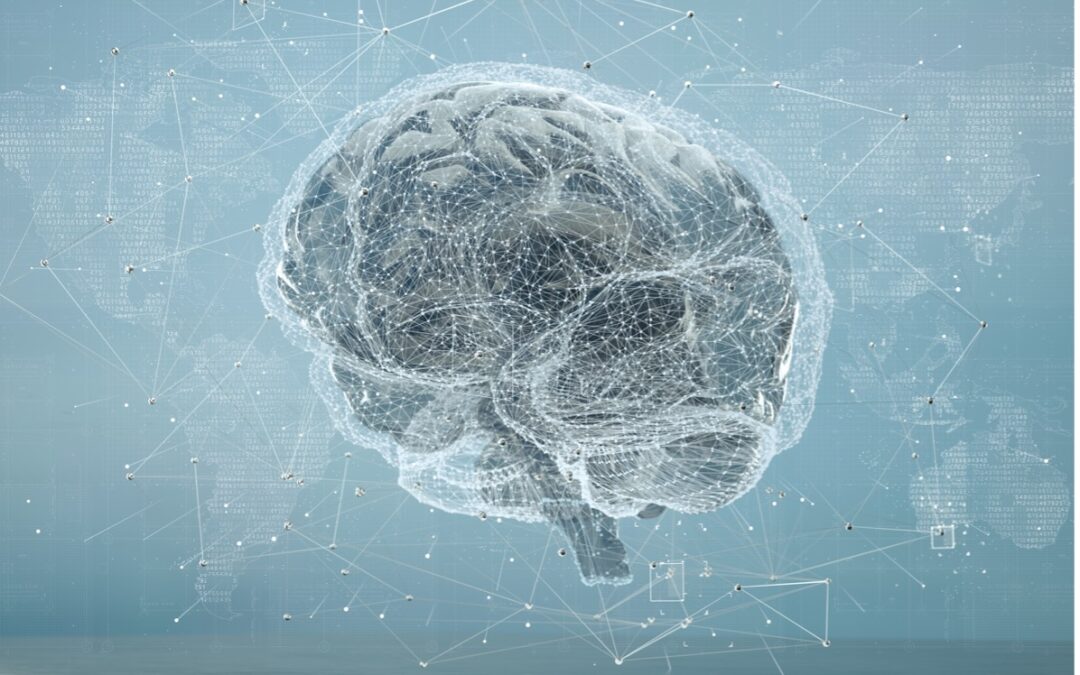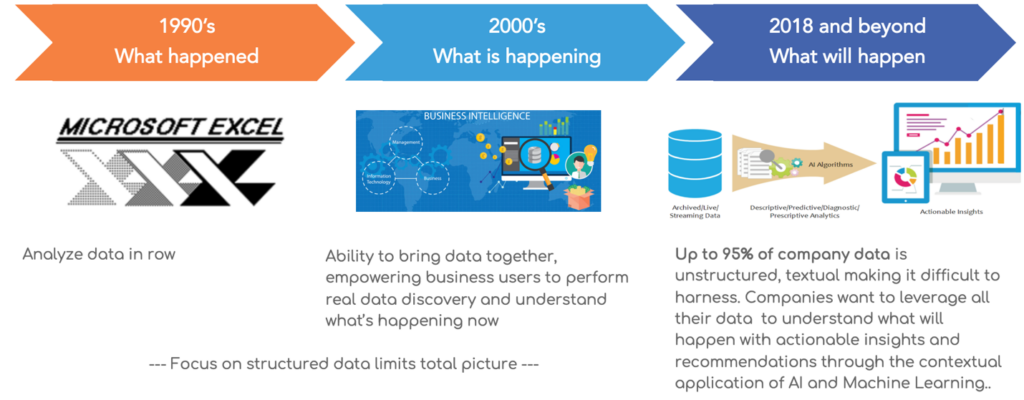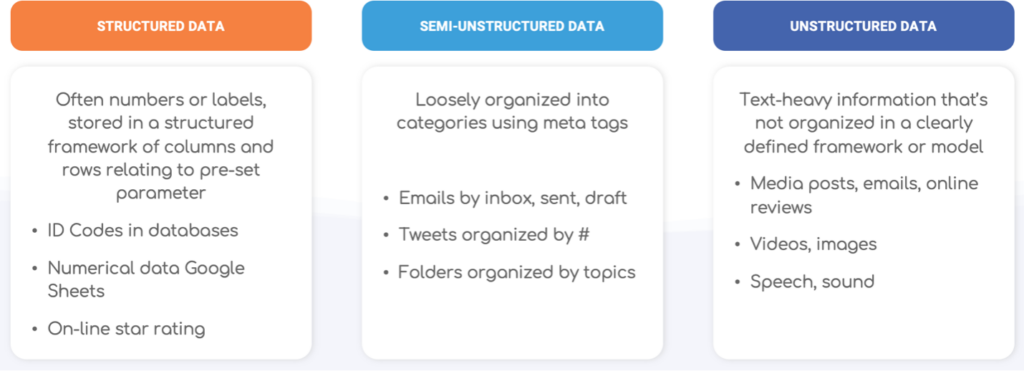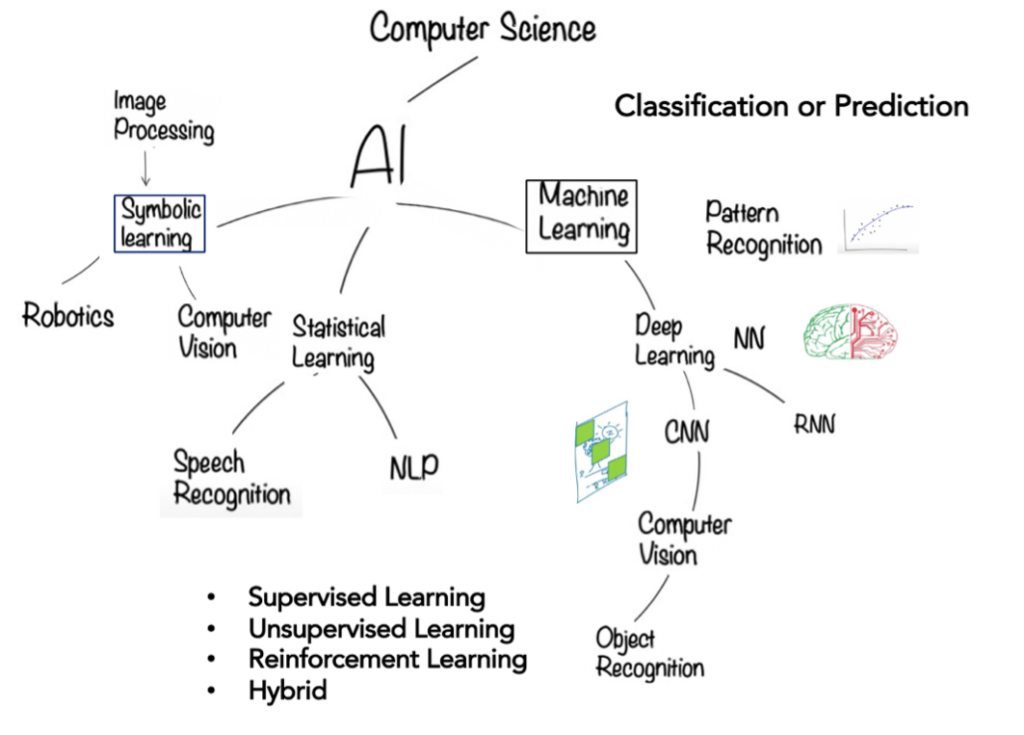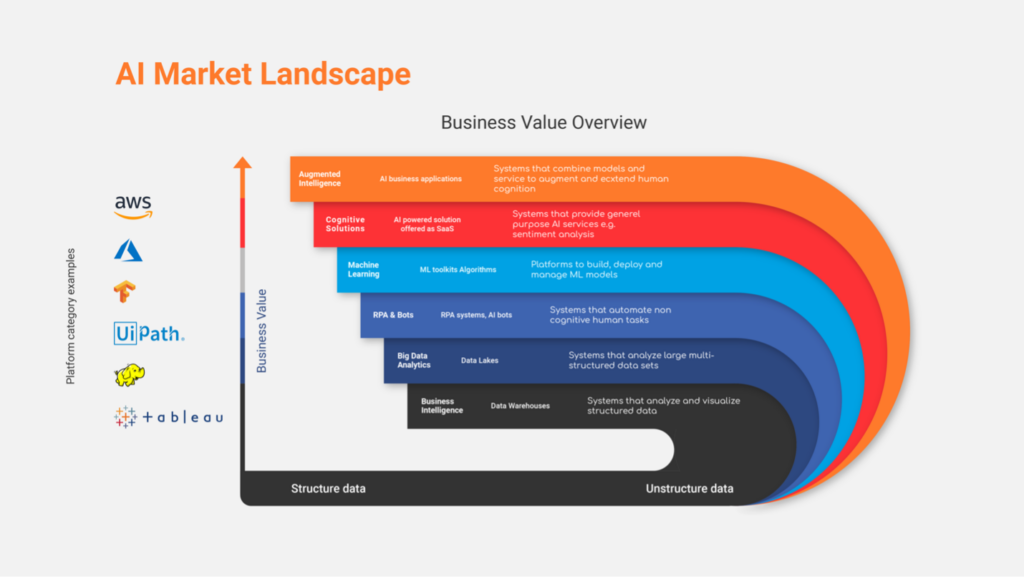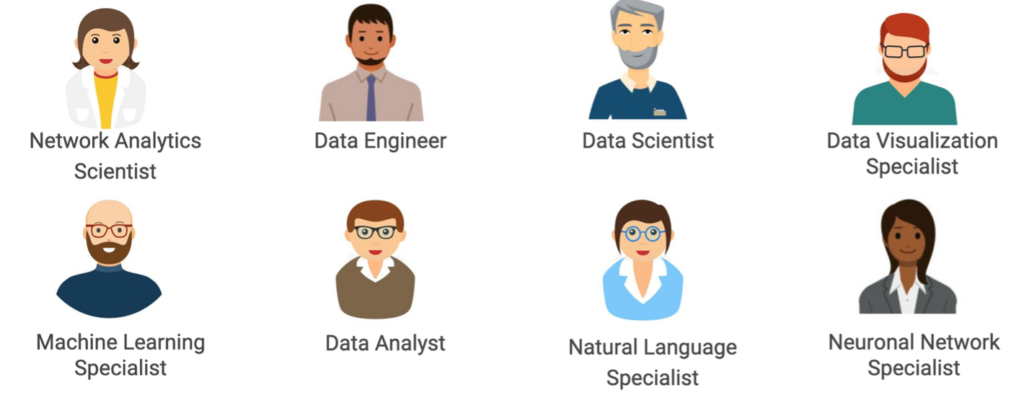Why is Artificial Intelligence vital to future viability & how to measurably progress?
It’s a Digital World; Organizations Need to Operate Digitally
In 2022, 2.5 quintillion bytes of data will be created every day.
90% of the world’s data has been generated alone over the last two years. A staggering figure, it is expected that the volume of data is to double every two years.
The world has changed drastically in recent years. The old strategic positioning and resource theory paradigms no longer apply in dynamic markets. In the past, it was essential to optimize the so-called five forces (competition in the industry, potential entrants, bargaining power of suppliers, bargaining power of customers, and threat of substitutes) so that the company had a competitive advantage in the industry and controlled the related resources.
In dynamic markets, speed, precision, and optimal fit of products are the key to marketplace success. To archive this goal, companies need to make substantial use of data and analytics and the field of data science.
Data science is an umbrella term to describe the entire complex and multistep processes used to extract value from data. Data science uses computational power and human creativity to extract value from vast amounts of data, augmenting our ability to make sense of information enabling us to do more.
The largest companies globally, from Google, Amazon, and Facebook to venture capitalized, uber-growth startups racing to become Unicorns, leverage data science to develop data-enabled business models. These enterprises use data science to improve all business decisions. They treat insights, not just data, as a business asset generating a complete view of data. Real-time insight can take real-time, immediate, contextualized action across all business activities for better top and bottom-line results.
“44% of larger organizations fear they’ll lose out to startups if they’re too slow to evaluate and deploy Al in their organization.”
Microsoft Digital Research
“97% of organizations are evaluating the work AI could do – or augment humans to do. The opportunity for data, analytics, and AI at scale is limitless.”
Accenture
The Evolution of Data Science
From Excel to actionable contextual insights.
In 1987, the first version of Microsoft Excel – version 2.0 for Microsoft Windows was released.
Data fuels AI algorithms for machine learning intelligence functionality efficiency and insight
Without access to relevant, trustworthy data sources, organizations make decisions while missing valuable contextual insights.
“It’s not what you know that gets you in trouble. It’s what you think you know that isn’t so.”
Wise sage
What is Artificial Intelligence
As a broad branch of computer science, the goal of AI is to create systems that function intelligently & independently.
Many people associate AI with robotics, task automation, and sci-fi characters like the terminator. For some, it evokes anxiety about the future of work. Robotics is just one branch of AI. It is being used to automate manual tasks like restocking shelves at supermarkets and various forms of RPA to automate workflow and repetitive tasks, but AI is much broader than robotics.
The easiest way to think about artificial intelligence is in the context of humans who can:
- Speak & listen & communicate through language – Speech recognition
- Write & read the text in a language – Natural language processing NLP
- See-through their eyes & process what they see – Computer vison
- Understand their environment & move around fluidly – Robotics
- See patterns, such as grouping of like objects – Pattern recognition, Machine learning
- The human brain is a network of neurons used to learn things – Neural networks, & when it’s complex, Deeper learning
- Scan images from left to right, top to bottom – Convolution Neural Network (CNN)
- Remember the past – Recurrent Neural Network (RNN)
There are two ways AI works; Symbolic based & data-based, called Machine Learning
For machine learning, we need to feed the machine lots of data before learning. e.g., If you had lots of data for sales vs. advertising spend, you can plot that data to see a pattern. If the machine can learn this pattern, it can make predictions based on what has been known far beyond what is possible for humans.
We can use machine learning techniques to classify or predict using data to predict if a customer is likely to defect to a competitor. You are making a prediction, which is expected from a learning algorithm. When using information about customers and assigning new customers to a group like young adults, you classify that customer.
The Evolution of IT
From data warehousing to artificial intelligence….
Although AI has been around since the 1950s, it is only recently that the technology has begun to be visible in real-world applications. In the last four years, investment in AI has dramatically risen.
The advancement of data science and catalyst to accelerate organizational analytics capabilities and AI are primarily due to the following three factors:
- Ready access to big data generated from e-commerce, businesses, governments, science, wearables, and social media.
- The improvement of AI-machine learning (ML) algorithms serves because of vast amounts of available data.
- Greater computing power and the rise of cloud-based services – which helps run sophisticated machine learning algorithms.
“It is expected that the global artificial intelligence market will grow at a compound annual growth rate of 42.2% from 2020 to 2027 to reach USD 733.6 billion by the end of 2027.”
Insights from Grandview Research
In a digital world, future organization viability is underpinned by data-enabled decision-making, making AI fundamental to all organizations.
Data Science is Distinct from Technology
To clarify, technology is the infrastructure of data movement, the programming of software to drive some product or service.
Data Science is a branch of analytics. The two generally require different sets of abstract skills. Is there some overlap between the two? Yes, in the sense that many Data Scientists do their programming and manage their infrastructure.
There is a natural distinction between backend and frontend data science. The backend is the part that deals with hardware, efficient computing, and data storage infrastructure, or what is often referred to as data engineering.
The frontend, the part geared more toward data analysis. It can be further divided into tasks performed by data analysts, machine learning engineers, statisticians, specialists in natural language processing, neural networks, data visualization, and various roles such as data science software developers.
Data scientists are a relatively new breed of analytical data experts who have the technical skills to solve complex problems and the curiosity to explore what issues need to be solved.
The Data Science and Artificial Intelligence Landscape
The value of data tools relies on the hands that wield them. Have they been appropriately trained – not just in the device but also in the underlying concepts?
To realize the full benefits of AI, organizations must overcome several challenges. Using data science and AI to support business-critical decisions makes it vital to understand what AI is doing and why. Expertise trained in AI is needed to develop unique solutions and mitigate a host of obstacles and growing regulations.
Attempts to empower a workforce to make them citizen data scientists often fail because the approach is too technology-focused. From data warehousing to big data and most of today’s AI solutions – they are mainly built for Data Analysts, Data Scientists, and IT gurus. Without sufficient expertise, this creates bottlenecks that slow progress or ultimately disadvantage companies either unable to afford or attract and retain the necessary people and skillsets.
Data Scientist Roles and Functions
Many data scientists began their careers as statisticians, computer scientists, or data analysts. But as big data ( ample data storage and processing technologies) have grown and evolved, roles have evolved as well. As organizations invest heavily in digital transformation, broad data science roles have emerged by integrating digital technologies into all business areas, from data architect to business intelligence engineer, data engineer, database administrator, and niche machine learning specializations such as NLP engineer or computer vision specialist.
So, what does this all amount to? Watch this blog for part two!
- What Data Science Means to Organizations – II - March 25, 2022
- What Data Science Means to Organizations - March 8, 2022

